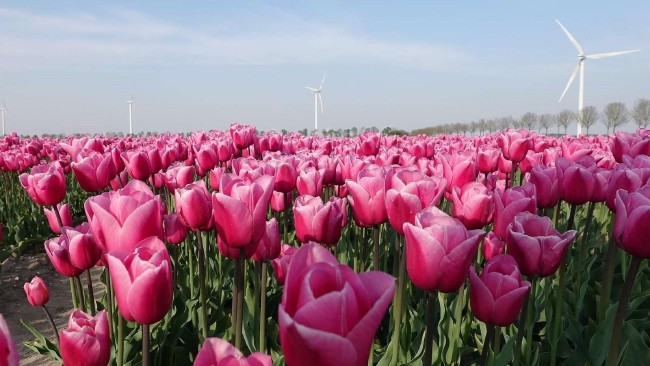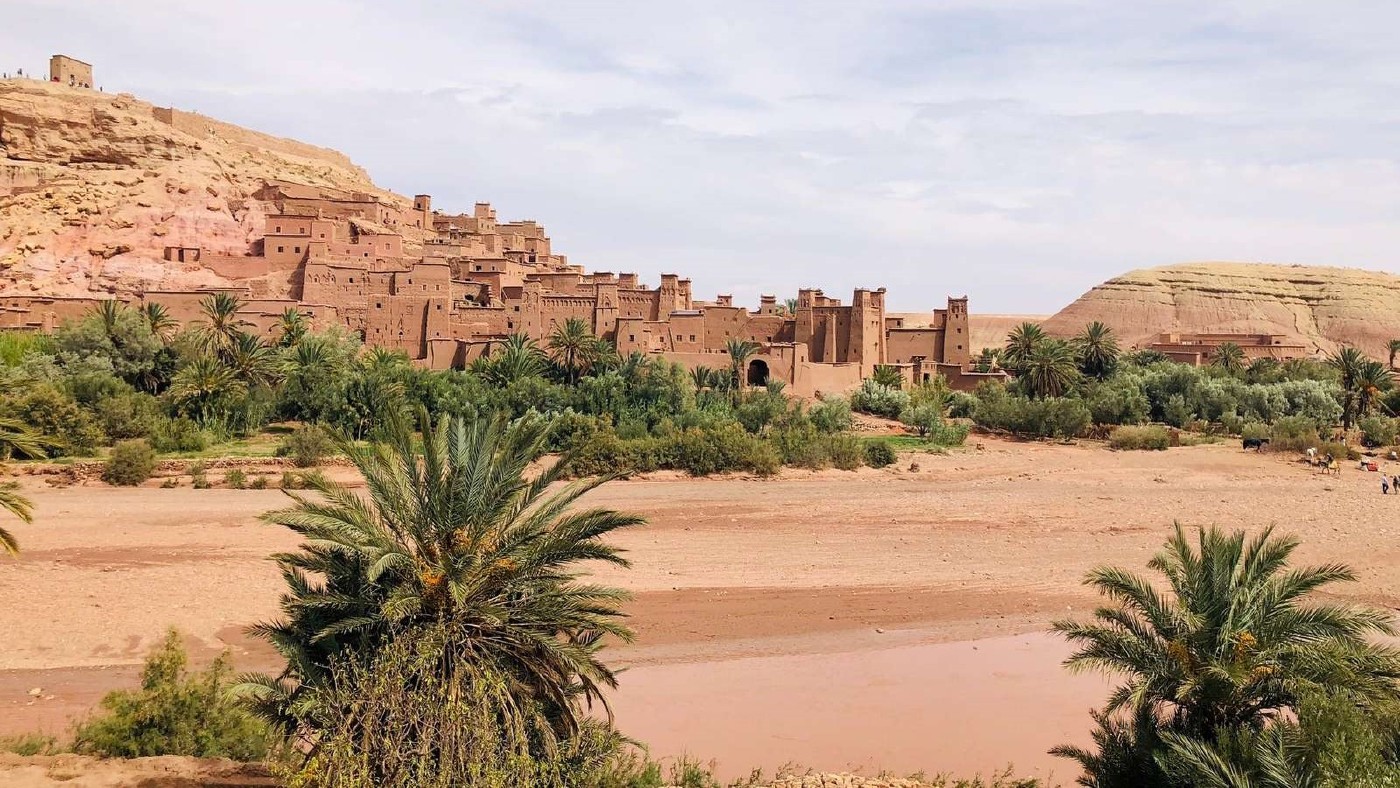
🌻 Plant Whisperer and Wood Floor
Ciao 👋 Did you know? Paris recently lowered its speed limit from 50 kph to 30 in the city centre to encourage residents to replace cars with public transportation and bicycles as their main way of transportation. The city also plans to ban cars from certain streets and create gardens and bike lanes instead.
📈 Uplifting Trends and Facts
- Healthy life expectancy – the years of good health a person can expect – is increasing in virtually all countries, from a global average of 58.5 years old in 2000 to 63.3 years old in 2019.
- India has built more than 34,000 km of roads out of plastic waste so far. Each km of these cheaper and stronger roads uses the equivalent of 1 million plastic bags.
- At least 100 major cities worldwide are getting most of their energy from renewables. Like Reykjavik (Iceland) and Addis Ababa (Ethiopia), some of them are even 100% powered by green energy.
- Algeria has become the last nation to stop selling leaded petrol, a fuel that the UN has described as a “catastrophe for the environment and public health.”
💡 The Wood Floor That Generates Electricity
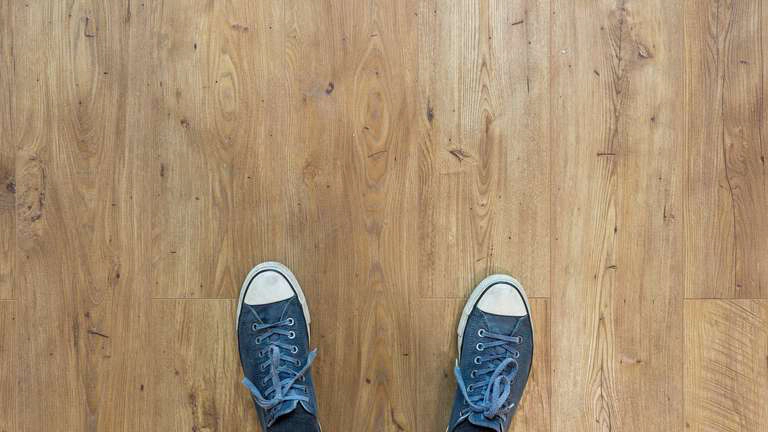
Researchers from ETH Zürich and the Swiss Federal Laboratories for Materials Science and Technology Dübendorf have developed a device embedded in the floor that produces enough energy to power LED light bulbs and small electronics when someone walks on it.
This device, called a nanogenerator, uses wood and embedded nanocrystals to generate energy. In a previous installment of this newsletter, we talked about Jeremiah Thoronka, who created a piezoelectric device leveraging the same basic principles to provide his neighbourhood with clean energy. However, this is the first proof of concept for indoor domestic usage. Indeed, the challenge here is to use wood, an ideal material for building house flooring but terrible for conducting electricity.
After testing different types of wood, the researchers found that spruce – a cheap construction wood common in Europe – with a silicone coating generated 80 times more electricity than natural wood. In fact, by stepping upon a prototype with a surface area slightly smaller than an A4 piece of paper, they successfully lit a light bulb.
Why does it matter? In Europe, most new residential buildings must be carbon-negative to reach the EU emission goals. Usually, they leverage solar power to do it. However, this type of energy is less effective under certain climates and does not work at night.
Leveraging motion to power our houses could, therefore, pave the way to greener homes and lesser reliance on external conditions.
🌻 The System That Talks to Plants
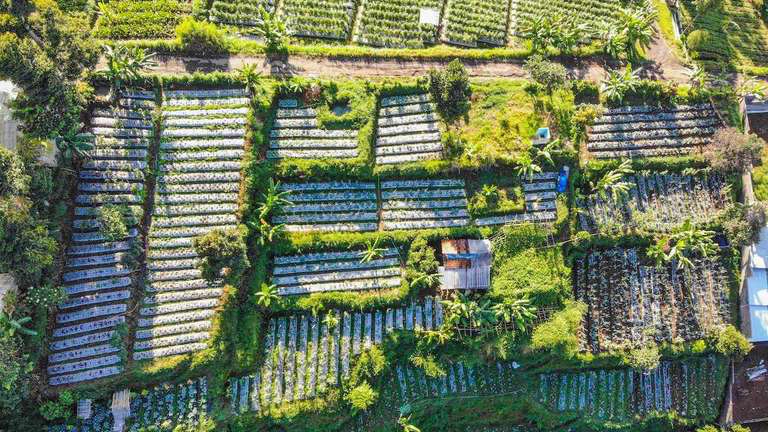
The company Responsive Drip Irrigation (RDI) invented an irrigation system that communicates directly with plants to provide them with what they need exactly.
When plants need water and nutrients, they emit a particular chemical to uptake what they require from the surrounding soil. The technology, called GrowStream, uses tubes that can sense those chemicals and release water and nutrients through billions of “smart micropores.” Once the plants have had enough, they stop emitting the chemical, and the technology’s pores close until the plants need irrigation again.
The company has installed this irrigation system in 14 different countries so far. For instance, in the dry areas of Pakistan, vegetables like tomatoes and bok choy grow 81% faster and twice as large than with regular drip irrigation. Also, in Los Angeles, RDI works with the city to irrigate green spaces while using 45% to 50% less water than drip irrigation.
Why does it matter? Water is more and more scarce around the globe because of global warming. Growing food in dry climates where water is rare is crucial for the survival of billions of people. Moreover, in highly-populated cities, green spaces are essential to avoid heat islands and improve overall well-being.
In this context, RDI’s technology revolutionizes irrigation in the face of global warming, droughts and water shortages.
🎯 The Pick
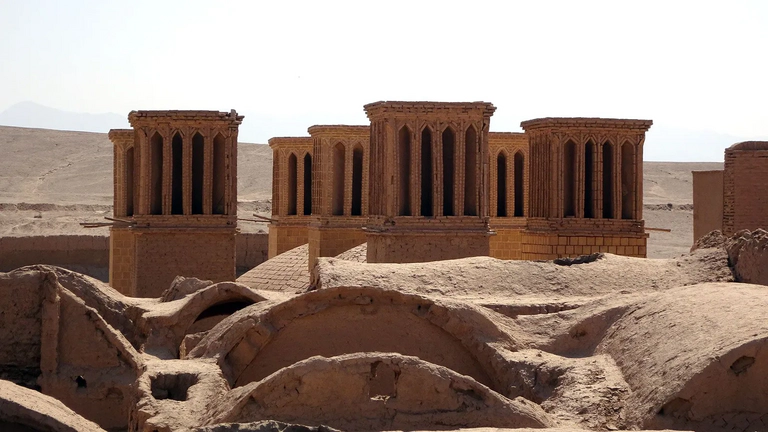
Desert cities in the Middle East, Egypt, Pakistan and India have suffered scorching summers for millennia. Still, people managed to survive them long before the invention of air conditioning thanks to natural ventilation methods such as wind-catchers.
These high towers – often rectangular in shape – built on top of residential buildings feature openings that redirect cooler winds downwards. This air influx then pushes warm air out of the building to reduce its temperature by around 10 degrees! Even in the absence of wind, these “chimneys” generate air pressure that prevents warm air from entering the homes.
Moreover, in some cases, the air passes through a room where water from the city’s underground distribution channels cools the air before it is redistributed throughout the house.
Why does it matter? With modern-age technology, we tend to leave these architectural innovations in the past, only for tourists to enjoy. However, by “fighting” global warming with air conditioning, we actually create an unsustainable vicious circle.
Wind-catchers are only one instance where we can turn to our innovative ancestors for solutions to current issues. So let’s remember History; it could save our future.
🌍 Meanwhile, Worldwide…
🌊 The world’s most powerful tidal energy turbine is now in operation in Orkney, Scotland. The Orbital O2 generates enough green electricity for 2,000 homes and will operate for 15 years while saving 2,200 tonnes of CO2 per year.
🤖 In Zurich, students created a system combining an AI-powered robotic arm and bubbles to remove plastic from polluted rivers. Concretely, bubbles form a “wall” that redirects waste to a conveyor belt. The robotic arm then identifies the waste and removes it while releasing organic matter back into the water.
🚢 Maersk, the world’s largest container shipping firm, announced the launch of a new fleet that runs on carbon-neutral methanol. These new vessels will pave the way for decarbonization in the maritime and shipping industry by saving a million tons of carbon dioxide emissions every year.
🐛 The Singapore startup Insectta is transforming waste into high-value biomaterials using insects. But, unlike most companies using insects to manage waste, Insectta delivers more than just agricultural products. For example, it developed technologies to extract chitosan (an antimicrobial substance used in cosmetic and pharmaceutical products) and even biodegradable semiconductors!
🐧 In Germany, Hereon and EvoLogics designed the Quadroin, a penguin-shaped 3D-printed autonomous underwater vehicle (AUV), to analyze eddies. These oceanic phenomena influence all life in the seas and the Earth’s climate but are tough to study because of their small size and short lifespan. Deploying a swarm of these robots will enable these studies’ advancement and expand our knowledge of the oceans and life itself.
😍 Wholesomeness
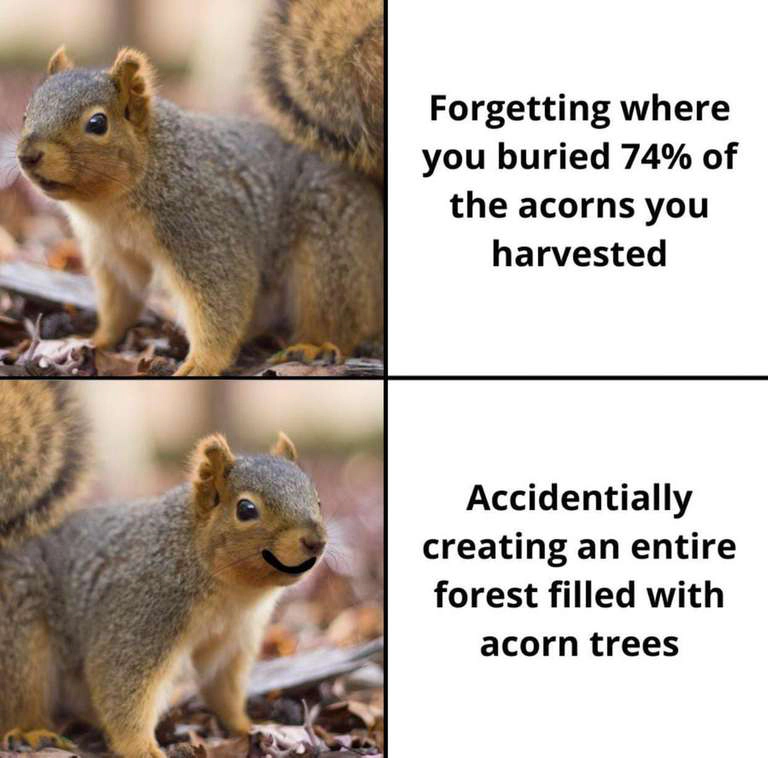
That’s a wrap. If you enjoyed this newsletter, please share it with your friends! For any feedback, reach out and drop a comment here or on our social media platforms :-)
Have an amazing week ahead 💗
Related Posts
🌞 Sunscreen and Steel
Hola 👋 Did you know? A two-decade-long research project found that seagrass is a particularly effective carbon sink - even more than trees - on top of purifying the water and creating self-sustaining habitats for marine wildlife.
🌷 Tulips and Swimming Pools
Hallo 👋 Did you know? Besides environmental results, investing in a marine protected area could yield a tenfold return on investment through benefits for biodiversity, fishing and tourism 🐠
☔ Stormwater and Kerosene
Hei 👋 Did you know? A 100-mile stretch of coral reef in Mexico is the first ecosystem to have its own insurance policy.

